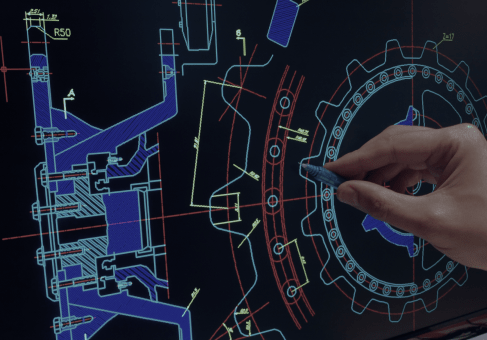
It gives the possibilities to combine heterogeneous data: geometric shapes, quantitative analysis, enrichment of semantic knowledge, application of different technologies and multi-scale management (Ma and Ren 2017 Fosu et al. The integration of GIS with data coming from other information modelling environment represents an efficient way for defining a smarter, more sustainable and resilient project.

In AEC field of work, among the information systems and technologies, GIS (Geographic Information System) is a useful tool for building and terrain data management. For example, using the web network, where all data from different sources are collected and connected in a unique graph. The development of this more advanced environment, supported by the interconnection, the communication, the data transferring and enrichment among the information systems, requires the creation of a common platform. In order to achieve a model technically richer and more complete of the object, it is necessary to share data among the information systems used and so, where it needs, to proceed to the data conversion or transformation in a digital exchange formats to promote the concept of interoperability. In recent years, the research in AEC sector did not focus on the use of a single information modelling for the data management, but it tried to make an integration of different information systems to create a multi-disciplinary, multi-scale, multi-scope, multi-user approach. Therefore, they represent useful tools for project management. Information systems are based on the digital representation with an informative 3D model linked to a relational database, which is an archive where all data of the object, in different formats, can be collected together under the entity-relationship model. In particular, 3D model visualization and query formulation are offered by many information systems at the building and terrain scale for data access (graphics, photos, technical documents, regulations, etc.) linked to the object. The use of information technologies in the building data processing led to radical changes to the methods of production, management and archiving of data documentation. Projects in the architecture, engineering and construction (AEC) sector are becoming increasingly large and complex, generating different types of information. This methodology can also be applied to cultural heritage where the information management plays a key role. The outcome will offer substantial benefits during the entire project life cycle. The semantic web technology represents an efficient tool of interoperability that leaves open the possibility to import BIM data in the same graph database and to join both GIS and BIM models. The second step consists in collecting all data translated into a specific format that fill a graph database in a semantic web environment, while maintaining those relationships. This has led to the creation of a new enriched model, based on connections among the different elements of the urban model in GIS environment, and to the possibility to formulate queries based on these relations. To promote the interoperability of GIS data, the present research aims first to analyse methods of conversion in CityGML and IndoorGML model, defining an ontological domain. 3D GIS makes possible the creation of three-dimensional model in a geospatial context. GIS provides a robust data storage system, a definition of topological and semantic relationships and spatial queries. The integration of information systems represents an efficient solution for defining smart, sustainable and resilient projects, such as conservation and restoration processes, giving the possibilities to combine heterogeneous data.


In particular, the possibilities, given by these information systems, to visualize the 3D model and to formulate queries have placed the question of the information sharing in digital format. In the last decades, the use of information management systems in the building data processing led to radical changes to the methods of data production, documentation and archiving.


 0 kommentar(er)
0 kommentar(er)
